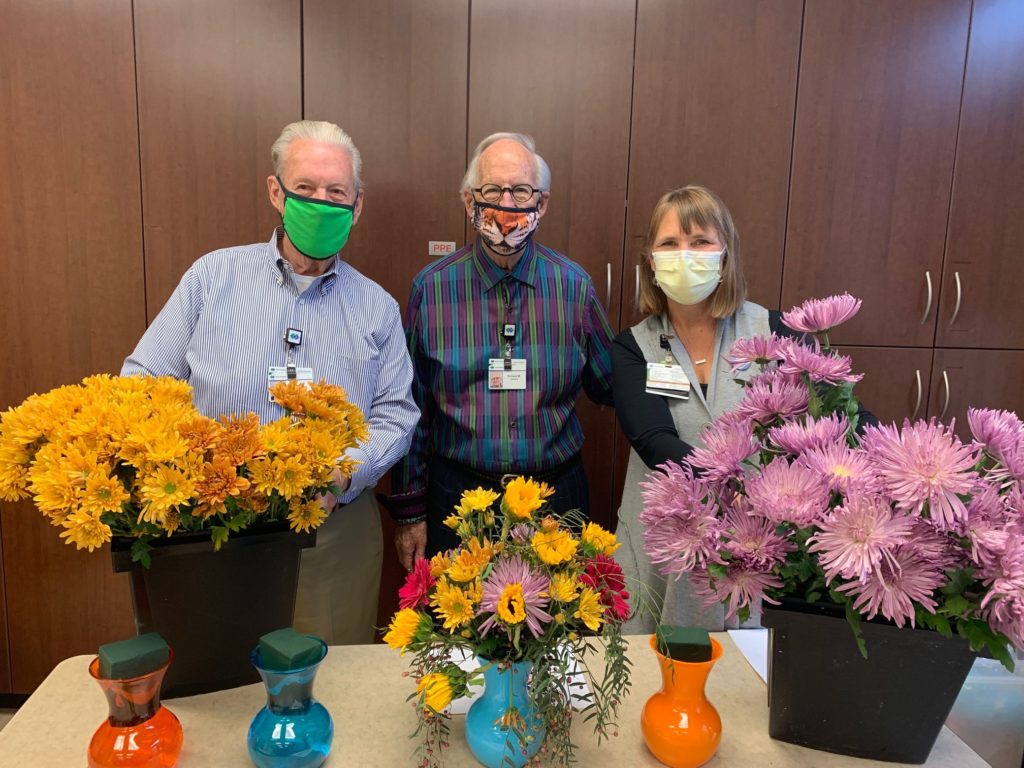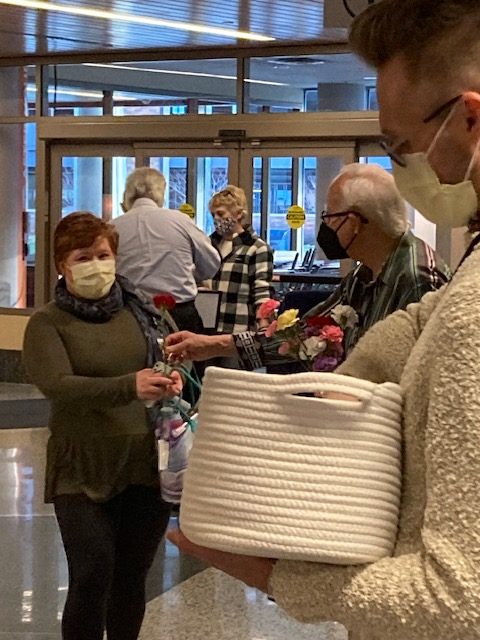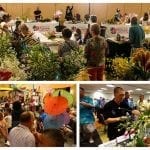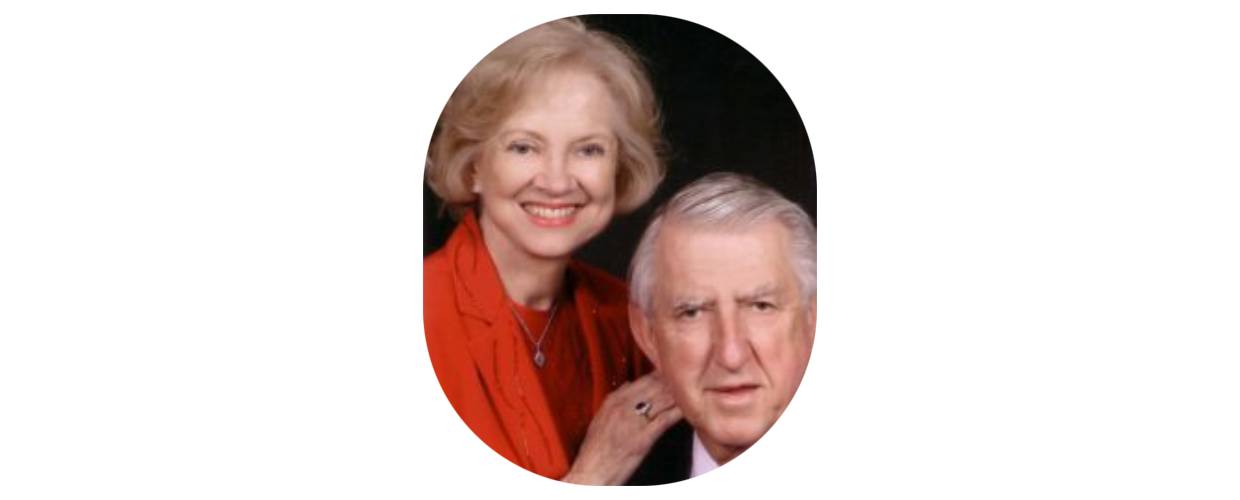
John Bergstrand (left), Richard Milteer, AIFD, PFCI, TMF, (center) and Sandi Holten (right), a music therapist at Park Nicollet Struthers Parkinson’s Center in Golden Valley, Minnesota, get ready to hold a flower arranging class. Milteer, a retired floral designer, is using his talents and connections to give back.
Surrounded by carnations, roses, greenery, and other stems, a small group of Parkinson’s patients near Minneapolis, Minnesota are learning the art of floral arranging from a retired master eager to give back to his community.
Richard Milteer, AIFD, PFCI, TMF, at one time traveled the world teaching floral design while representing some of the biggest names in the industry. Now he’s using his industry connections and his own talent to give back to his local community. He’s found the experience incredibly rewarding, he says.
“It’s one of the best things I’ve ever done in my life,” Milteer says. “I was privileged to do a lot of traveling for floral, teaching and everything, but this is totally different. This is the epitome of giving back.”
The classes, held every other month inside the Park Nicollet Struthers Parkinson’s Center in Golden Valley, Minnesota, began about a year ago. Each has a theme — Valentine’s Day, Mother’s Day, fall harvest. During the hour-long classes, the students learn to place each stem with the intention of creating a beautiful arrangement that they can take home and share with their caregivers, Milteer says.
He also provides education, explaining when each flower is in season or describing how the flowers were grown, flown and processed before they are ready to be arranged. Mostly, he is seeking to connect with the patients and bring a little joy to their day, he says.
“It is all about the patient and trying to give them a little better day,” Milteer says, adding that he tries to keep it lighthearted, sharing jokes and a lot of encouragement throughout their time together.
 Giving Back
Giving Back
The classes are also his way of expressing gratitude for the life-saving triple-bypass surgery he had in 2020 at Park Nicollet Methodist Hospital.
“I just felt so gracious and appreciative of the beautiful help and support I had,” he says. “Things were a little scary for a while, but they were able to turn things around in my old body and make it look a little prettier.”
Seeking to give back to the hospital and its clinics, Milteer and his wife, Susan Milteer, originally proposed the idea of handing out flowers to patients inside the hospital, an idea that came from an article their good friend John Bergstrand had read. Ultimately they landed on the idea of working with Parkinson’s patients, who benefit from working on their fine motor skills.
The Club Create program at the Struthers Parkinson’s Center provides many different therapeutic classes for patients, and creating a floral arrangement has therapeutic value, says Camille Nash, supervisor of volunteer services with Park Nicollet Foundation, which supports the hospital and clinic system.
“It just brings a lot of joy and brightness in their lives,” Nash says of the program.
Together Milteer and Bergstrand, also retired, worked their contacts to find the needed supplies. Len Busch Roses provides flowers for each session, with enough stems and foliage for seven to eight stems per arrangement. Syndicate Sales provides a case of containers as needed. And Hampshire Paper Corp. donates the decorative tissues and paper that add a professional touch.
Smiles All Around
Bergstrand serves as Milteer’s assistant, helping to process flowers, set up materials and guide participants. He’s seen smiles on both the participants’ and the teacher’s faces.
“I take pictures,” he says. “I see the impact.”
As Milteer walks the participants through the lesson, encouraging patients to angle a rose or add some baby’s breath, he notices the effort and the pride that goes into each arrangement.
“I’m watching how they move and use their hands some are jittery and some need help, but each one makes the arrangement themselves,” Milteer says. “I had one gentleman who had an assistant that put the stem in his hand and helped him move it to the arrangement and put it in the container. We were helping this gentleman have a better day than it might have been already and we saw a small on his face.”
The Milteers and Bergstrand have also managed to broaden the smiles of the health care providers at the hospital. They have organized flower distribution efforts on a larger scale, turning to their industry connections to provide supplies and flowers.
This included passing out 800 flowering plants to nursing stations on one occasion, and then in April, after prepping 2,400 carnations in the Milteers’ kitchen, distributing them to health care staff at the hospital, Bergstrand says.
“It’s been a lot of fun,” he says. “But really, I hope this could be just like the article I read, and spark others to do something similar.”
Nash said it would be wonderful to see similar floral arranging classes offered in therapeutic settings elsewhere. “It has a real value to the patient,” she says. “We are so grateful for John and Milteers for being able to do this.”
Sarah Sampson is a contributing writer for the Society of American Florists.
 Giving Back
Giving Back



